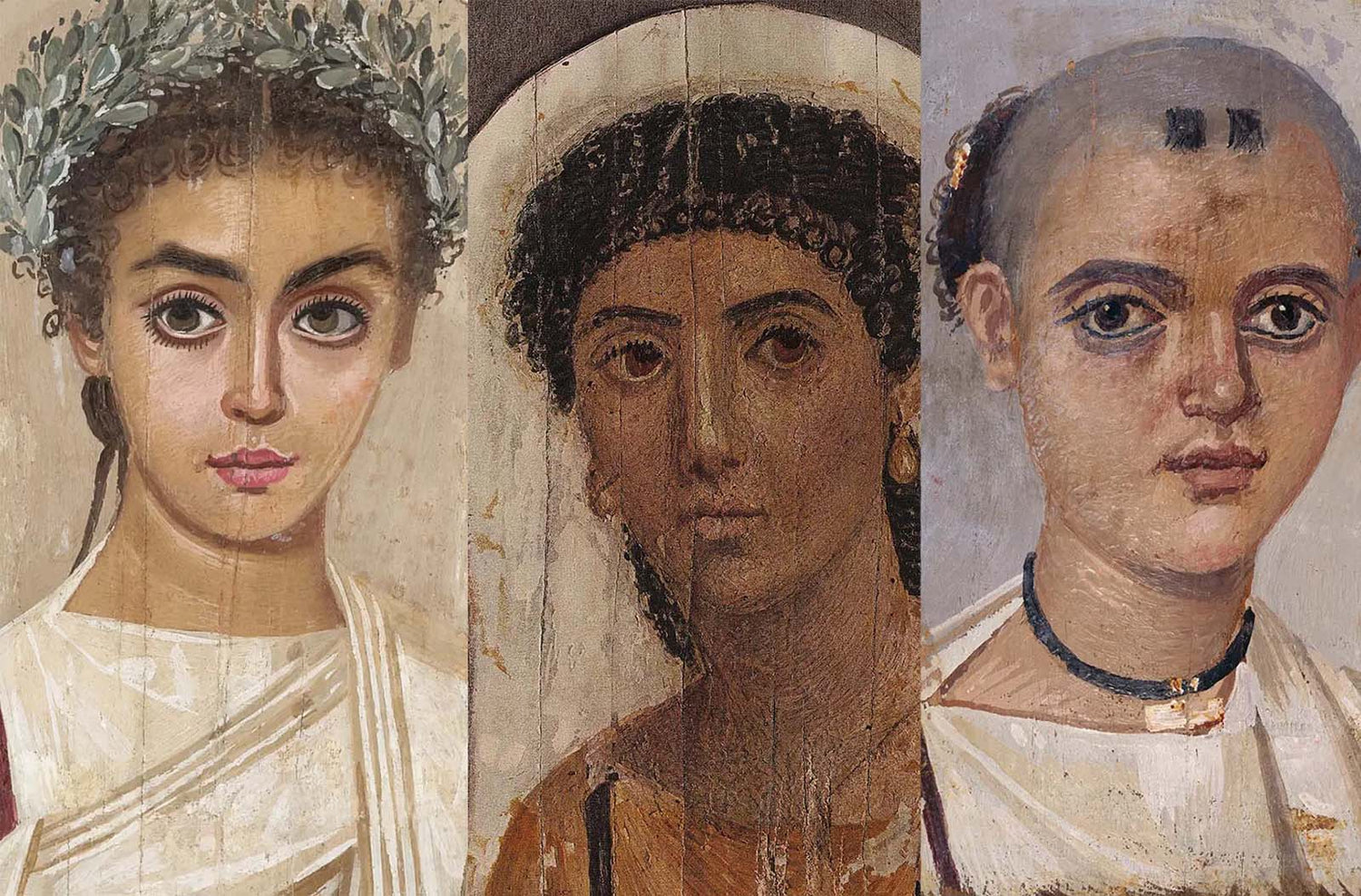Encaustic History

What is Encaustic?
Encaustic painting is an ancient medium and art form that dates back to the Greeks. This method uses pigmented wax, heated and then applied to a surface with a brush or other tool. Each layer is reheated in order to fuse it with the previous layer.
The term “encaustic” originates from the Greek word “enkaustikos” which means “to heat or burn in”; this refers to the heating process used throughout encaustic art-making.
History of Encaustics
Encaustic painting has a long and distinguished history, stretching back to ancient Greece and Rome. Throughout the centuries, this unique style of painting has enjoyed periods of immense popularity as well as periods of relative obscurity. During the Roman Empire, encaustic paintings were especially prized among aristocrats, who would often commission works for their villas. Julius Caesar himself was even known to have commissioned an encaustic painting from the artist Timomakos. Such was the importance of this medium that many archeologists are still able to uncover surviving examples in various parts of the world today; one example being a painting on slate depicting Cleopatra being bitten by an asp, which was found near the ruins of Hadrian's villa.
The Middle Ages saw a shift away from encaustic towards other painting techniques such as tempera, fresco and oil paints. However, although not as prevalent as before, encaustic still enjoyed some minor revivals during this time - perhaps most notably with artists such as Lucas Cranach and Andrea Mantegna experimenting with it in their works. It wasn't until the 18th century that real progress was made in terms of understanding and researching the process behind encaustic painting though; particularly with the discovery of Herculaneum and Pompeii showcasing beautifully preserved walls displaying examples of it. This prompted a surge in interest throughout Europe - with several noted artists like Joseph-Marie Vien, Alexandre Roslin, Louis-Joseph Le Lorain and Jean-Jacques Bachelier creating exemplary works using it. In addition to this, it also began gaining prominence in murals across Europe from around mid-19th century onwards.
However despite its growing presence at that time, encaustic still remained relatively unpopular due to its laborious heating process required for successful execution - something which wasn't helped by lack of modern heating tools for assistance either. It wasn't until 1950's/60's onwards when Jasper Johns specifically began exhibiting his own encaustic artworks in mainstream galleries that true appreciation (for both his work and medium itself) had been attained once again - reigniting interest amongst aspiring artists everywhere while simultaneously cementing his own legacy through iconic series' like his flag paintings.
Today's technology has enabled encaustic art to become more accessible than ever before; allowing modern day painters with all sorts of varying skillsets/styles to explore its unique possibilities themselves without having to worry about cumbersome heating processes or lack thereof altogether either! This is evidenced by various conferences & trade shows taking place annually dedicated solely towards encaustic art alongside dedicated organizations having been created recently too - all focused on cradling its vitality within our society! Ultimately then wherever you look there is clearly no shortage in people ready & willing to partake in creating their own masterpieces using wax paints - making this timeless medium a definite cornerstone both within past & present days alike!
